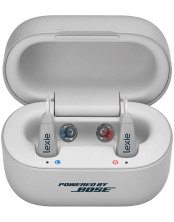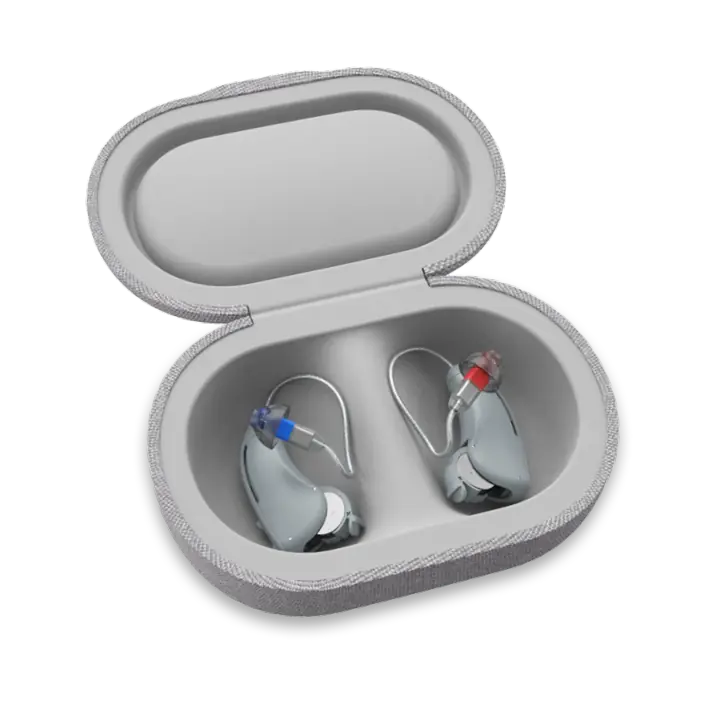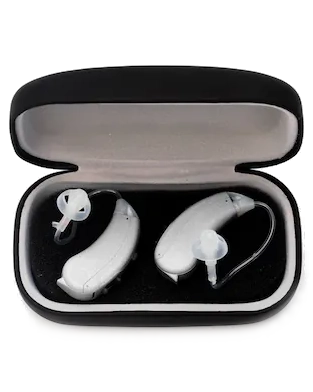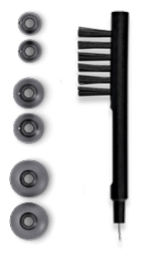Everything You Need To Know About Hearing Loss in Children
Published: March 26, 2021
Updated: March 23, 2022
Of the 466 million people that are globally affected by a hearing impairment, 34 million are children. 14.9% of children in the United States have a hearing loss of at least 16 dB hearing level, in one or both ears. Even having mild hearing loss, or hearing impairment in only one ear can drastically affect school performance. The degree of that effect is often directly related to the severity of the hearing loss, due to the loss of auditory information. Extra listening effort is required for students with hearing loss and it may lead to chronic fatigue and compromised concentration, all contributing to academic performance.
How hearing loss affects academic performance
Teachers are in a position where they can possibly identify a child or student struggling due to hearing impairment. Teachers need to be aware of the signs of possible hearing loss, in order for a diagnosis to be made as soon as possible.
Hearing loss in the classroom may present as follows:
- A child not paying attention, looking confused, or daydreaming during lesson time.
- Having a short attention span and getting distracted easily.
- Constantly asking for instructions to be repeated or following them poorly.
- They may inappropriately respond to questions.
- One of the biggest red flags of hearing loss may present as a speech problem or using a loud voice when speaking.
All of the above-mentioned signs will have a significant impact on their grades, as they have a problem in receiving and, as a result, understanding the learning material. In addition to the challenge of receiving the information due to hearing loss, classrooms are rarely ideal listening environments. For example:
- Overcrowded classrooms add to a negative signal-to-noise ratio.
- Sitting at the back of the class makes it difficult to hear clearly.
- Tiled floors can cause sound reverberation.
Environmental comfort is a key factor in concentration and facilitating the learning process. There are a few adjustments that can be implemented to contribute to a more favorable listening environment.
A favorable listening environment includes:
- Carpets or wooden floors help acoustics and reduce ambient noise.
- Curtains for the windows.
- Access to natural light.
- Walls painted a light color.
- Noise levels not exceeding 40 dB.
- A circle-shaped layout of the table and chairs to ensure the visibility of the teacher.
- Avoid open-plan classrooms.
- Be aware that heavy materials may reduce background noise, but can absorb high-frequency sounds.
Tips for students with hearing loss
- Ensure effective communication: The teacher must face the student when talking, making sure that the student can see their face. Make use of non-verbal cues, such as facial expressions and body language.
- Ensure that all academic work is available on notes or in a written format so that the student can listen to the lesson effectively and have the information at hand to be able to refer back to it. Repetition is important.
- Use of visual cues and resources: Keep in mind that hearing impairments cannot be seen, but that people affected by it rely very much on what they see.
- Reduce background noise: Poor signal-to-noise ratio makes it even difficult for normal hearing people to hear and understand. More so for someone with a degree of hearing loss. Ensure that the environment is quiet or that background noise is kept to a minimum.
- Make use of assistive hearing technology: Implementing these devices may help people with hearing loss to hear and understand more clearly in order to communicate better.
- Seat students with a hearing loss toward the front of the classroom or lecture hall or arrange the class in a circle. This is important for the visibility of the teacher’s face as well as the whiteboard or projector.
- Be flexible: This is applicable to both teacher and student. Allow longer time for lessons, be patient to repeat upon request, and assist or accept help when necessary. Support one another and keep communication channels wide open.
- Use an interpreter: Students with profound hearing loss may communicate through sign language. In this case, the use of interpreters is the rule of thumb. Ensure this person is well trained and will abide by the code of ethics.
- Be patient with one another: Teacher towards student and student towards the teacher.






